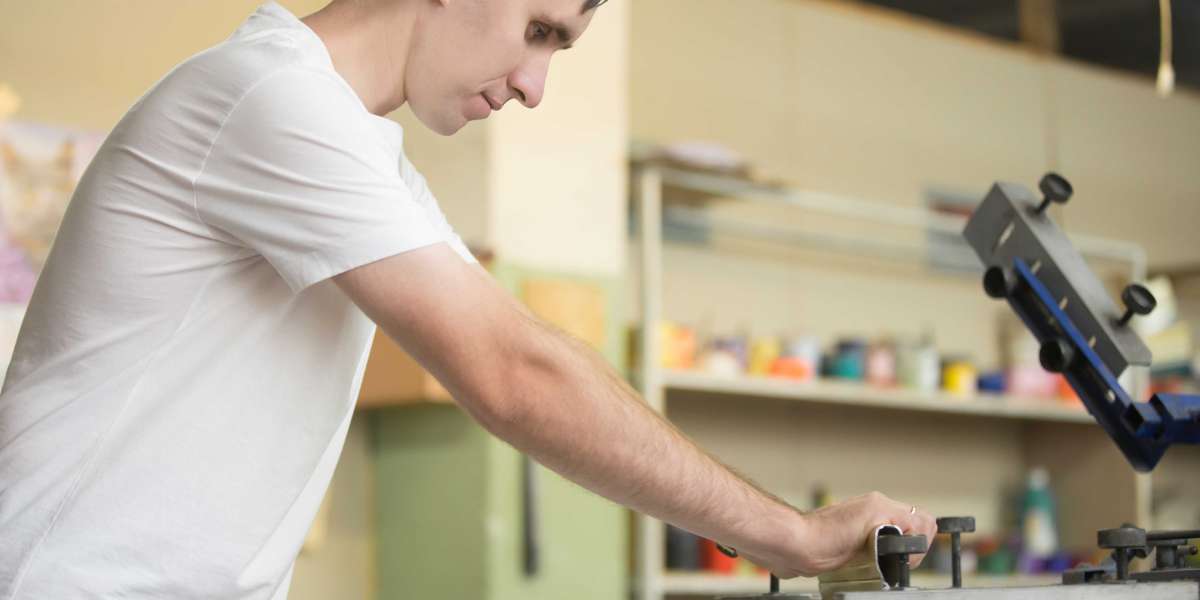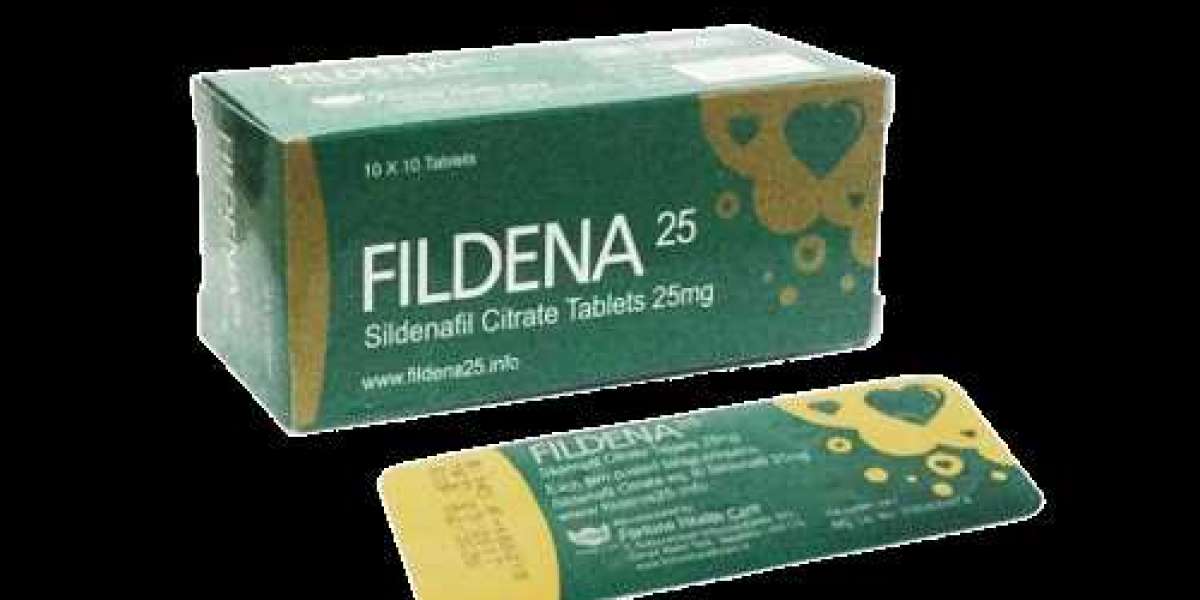A personalized T-Shirt is an excellent way to promote your company or organization – or you can sell them to get some additional money. It's thrilling to start a blank t-shirt printing business in Jacksonville, and it's lovely to see your clients wearing your designs. However, one issue that most new entrepreneurs are concerned about is the cost, specifically, how much it costs to establish a firm and how much you should charge for your items?
If you live in Jacksonville and think of starting a T-shirt printing business there, then this article will help you determine the cost of business. In this post, We'll go over T-shirt printing costs in greater detail. So, you will have an idea of what you are getting into before you begin, as well as, you will know what to expect with your first order.
How Much Does It Cost to Run a T-shirt Printing Business?
People decide to establish a t-shirt printing business because they think it is a fun and simple business to start. It's common for folks to begin with a single T-shirt printer and then immediately start making money.
So, let's take a look at the actual costs you'll incur to get started so that you know how much capital you'll need to get started.
The cost of a T-shirt printing business can be estimated by differentiating the expenses. There are two types of costs.
- Fixed expenses: printing machine, computers, rents, wages of labor, taxes, and marketing material
- Variable expenses: overhead bills, hourly wages of employees, and cost of supplies
Fixed Expenses
The first thing to think about is your fixed expenses. These include equipment for the printing, rent of a company, taxes, wages of employees and labor, and marketing materials such as business cards, brochures, etc.
As an example: If you want to start with a direct-to-garment system, which is ideal for a small company with limited print runs, a printer like the Epson F2100 will set you back around $15k.
After you've decided on a printer, you'll need a computer, software, and other technical devices to create your artwork, which could cost you another $2,000 or so. However, the cost of rent, workers, and advertising could be reduced if your budget is low or attempting to start a business on a shoestring budget. This can be done by creating to print your T-shirt, particularly from home in your spare room, basement, or garage. This will cut the cost of rent and labor. Furthermore, advertising a business also costs a considerable amount of money. So, you can do it by words of mouth or through social media networks which has made it much easier in today’s world without costing anything.
Variable Expenses
Variable expenses are those that alter depending on how much product you produce. For instance, the more shirts you print, the more ink, toner, film, and other supplies you'll need to purchase. Furthermore, if you're designing and printing more shirts, you're compensating your staff for the extra hours they're putting in. It is also critical to consider utility expenses such as energy and water. More electricity and water will be used if you produce more shirts and spend long hours in the shop.
How to Determine Pricing
Setting the correct price for your shirts is a common source of frustration for young business entrepreneurs. If you underprice your products, you will lose money and will not be in business for long. If you overprice things, the competition in the market will eat you alive. So, a good beginning point is to look at what your competitors are charging to evaluate where the market is in your area.
The pricing depends upon the following factors:
T-Shirt Printing Cost Depends On Order Quantity
If the maker sells the clothing directly to the end-user, it is critical to estimate the cost precisely. The T-shirt can be priced by adding the manufacturing cost plus an expected mark-up or profit percentage. Along with this, the cost of T-shirt printing also depends upon the quantity of order. The buyer has to pay more for small orders whereas, if the buyer asks for blank T-shirts in bulk, the cost price will decrease.
Extra Features Cost Extra Money
White T-shirts will be the most affordable. But unfortunately, they may not stand out very much. However, printing colored T-shirts will make a difference in pricing. Furthermore, the cost of T-shirt printing will also increase by $2-3 per shirt if you print with several ink colors. So, it’s better to keep things simple but visually appealing.
Similarly, if you want a printed design or embroidery on both the front and back of your T-shirt, the pricing will rise by roughly $5 per item. Of course, the plus is that your design will be seen regardless of how the user is facing it, but the disadvantage is the cost once again.
Cost of supplies
Assume you purchase 100 t-shirts for inventory at $1.50 per shirt and a shipping cost of $20. Twenty divided by 100 is $0.20 for shipping per shirt. That implies you add $0.20 to the price of the garment, bringing the total to $1.70 for each shirt.
Cost of Labor
Then you consider your labor costs. How long does it take to design the shirt and print it? What is the hourly rate you pay your workers to handle these tasks?
Suppose you charge $25 per hour. Take 25 and split that by 60 minutes to get around 0.4, which you may add to the cost of the shirt. Printing a shirt now costs $2.10.
Cost of the factors in your overhead
The next thing to consider is your overhead cost, which covers things like rent, internet, and phone, power, water, insurance, materials, and so forth. If the overhead bills cost around another 25 dollars per hour, it adds 0.40 dollars to the price of your shirts, making the total of $2.50 for each shirt.
The formula for the retail price is:
Retail Price= Cost to produce/ 100-profit% x 100.
What will the market bear?
Finally, determine what the market is willing to accept. Conduct some research to determine what your competitors are charging and see whether it corresponds to what you came up with.








